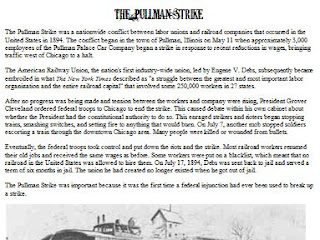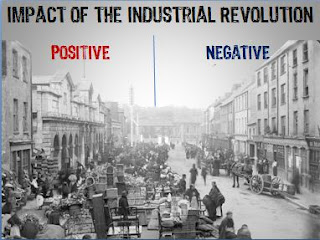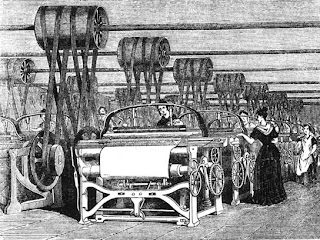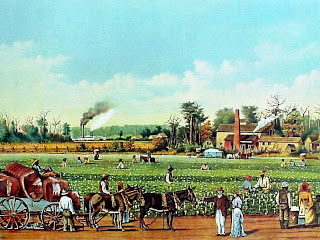The changes occurred between 1800 and 1860 in plantation crops and slavery systems were due to the Industrial Revolution.
After the Philadelphia Constitutional Convention, the Southern states were granted freedom to decide about the legality of slavery. At this point in time, the cotton production was very low and there were around 700,000 slaves in the whole country. Some delegates at the Convention assumed that the evil of slavery was “dying out…and would disappear”. Cotton changed the course of the American economic and racial future, because of the mass production of textiles. The cotton quantities increased considerably; and by 1840, the South was producing and exporting over 2/3 of the world’s cotton, giving the region strong economic power. In the same time with the cotton production growth, the supply of slaves needed for the growing of such a production was restricted, making slaves more valuable and creating the so-called “mania for buying negroes” and having as consequence the domestic slave trade. White planters started looking for new slaves in the upper South states, and between 1800 and 1860, the domestic slave trade emerged as a crucial commercial enterprise operating through two systems: the coastal one and the inland one. The coastal system sent slaves to the sugar plantations in Louisiana, whereas the inland one to the cotton plantations. The domestic slave trade was crucial for the prosperity of the southern economy, and it was an important resource to raise money, straightening the economy of the Upper South.
Henretta, James A. and David Brody.
America: A Concise History, Volume I: To 1877. 4th ed.,
Boston:
Bedford/
St. Martin’s, 2010, 349-353



















